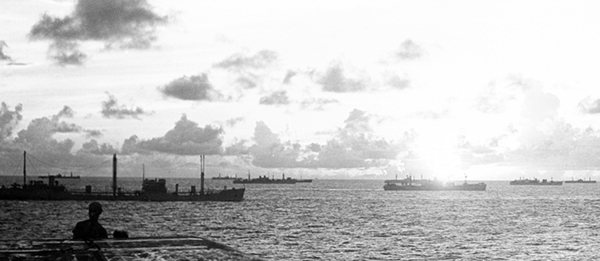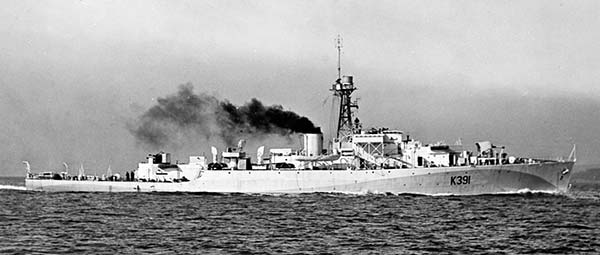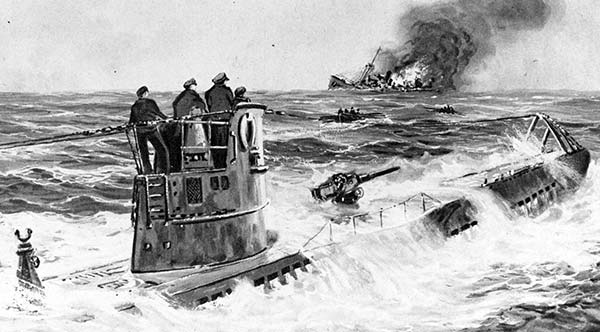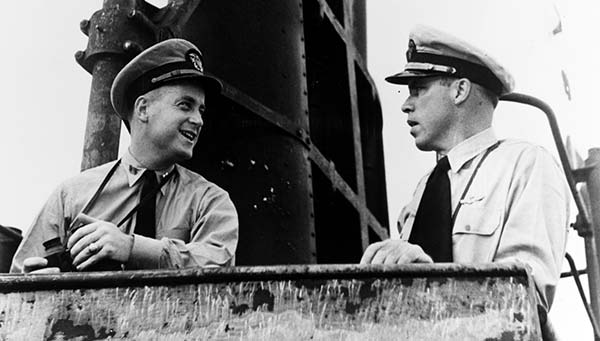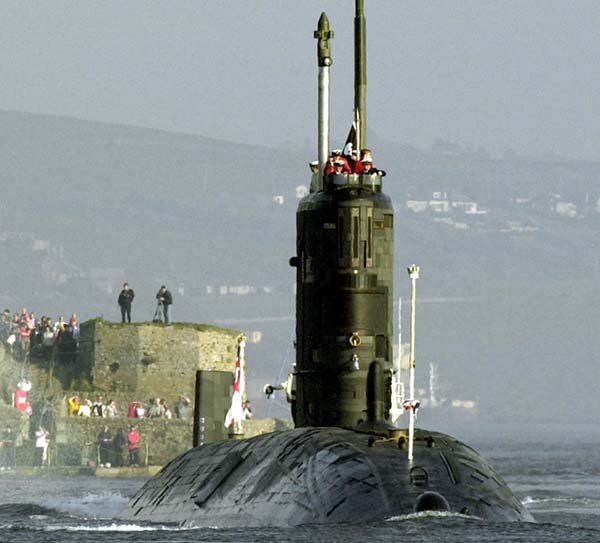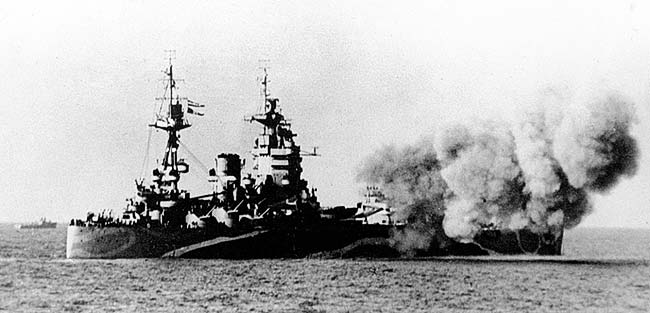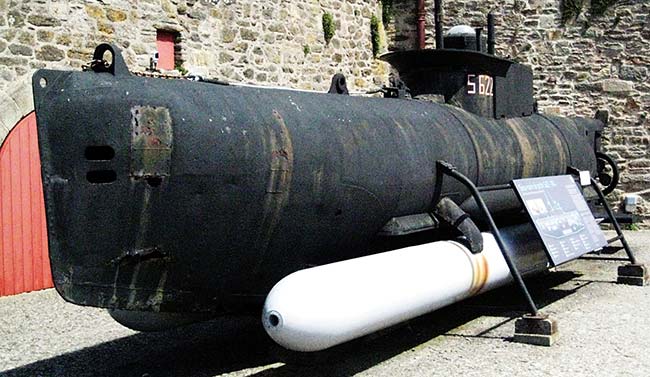A ship for the ages: new expanded paperback edition of ‘HMS London’
Delighted to share for the first time the cover of the forthcoming paperback edition of my book ‘H.M.S. London’, published by Pen and Sword Books, which has revised and fresh words, plus new and upgraded imagery.
It was originally published in 2003, but a lot has happened since then, yielding developments in the ship’s past narrative while a decision to build a new HMS London means the story stretches into the future.
The action-packed tale of warships named London in the Royal Navy spans centuries, including the ‘ship the lost America’ during the 1780s in the Age of Fighting Sail, when the colonials, with help from the French, threw off the British Crown.
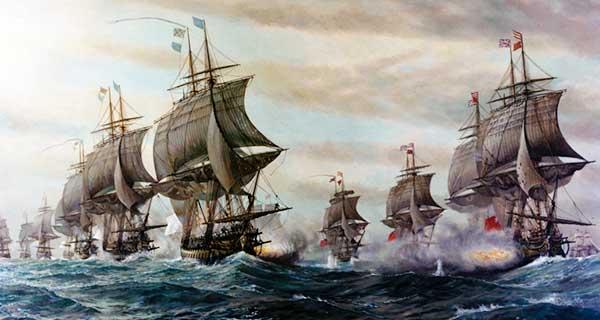
An oil on canvas by v. Zveg depicting the French fleet (at left) engaging the British fleet, including HMS London (98-guns) as flagship of Rear Admiral Thomas Graves, off the mouth of Chesapeake Bay on 5 September 1781. (Image: Courtesy of the US Navy Art Collection/Naval History and Heritage Command)
Admiral Horatio Nelson famously ignored the same vessel’s signals at the Battle of Copenhagen in 1801, during the Napoleonic Wars, so he could press home his advantage rather than disengage with the enemy.
Then there was the WW1 pre-dreadnought battleship that took part in the landings at Gallipoli. That vessel was followed by a heavy cruiser HMS London, which hunted down supply vessels sent to support the German Navy flagship Bismarck in WW2 during her ill-fated Atlantic raiding mission of May 1941.
The cruiser London was later involved in the disastrous PQ17 Arctic convoy and finished the war participating in the final Allied moves against Japanese occupation forces in the East Indies. Post-war that HMS London was involved in combat with Chinese communist forces during the Yangtze Incident.
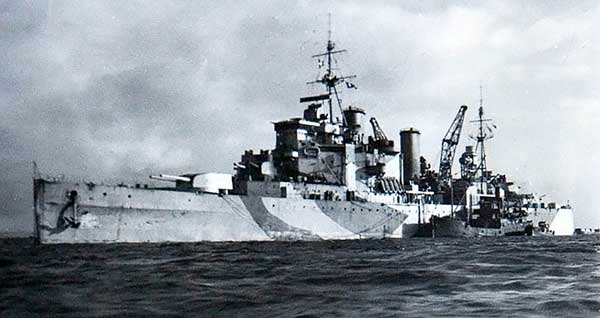
HMS London in home waters, early 1944 before sailing to join the Eastern Fleet in the fight against Japan. (Photo: J.B. Robathan Collection)
The next two HMS Londons were Cold War warriors, with the last, a Type 22 frigate that was flagship of the Royal Navy task group in the Operation Desert Shield/Desert Storm (1990/91), going up-threat within range of Iraqi anti-ship missiles in mine-infested waters off Kuwait.
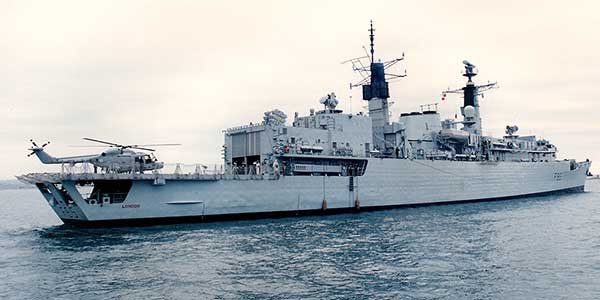
HMS London, Type 22 frigate in the mid-1990s during Operational Sea Training. (Photo: Iain Ballantyne)
While I first encountered that vessel during reporting forays into the Gulf, it was in August 1991 that I went aboard the frigate London for a historic and highly memorable voyage to some of the most secret parts of the Soviet Union as the Cold War ended at sea.
As a new chapter at the end of the paperback explains, the story of HMS London in the British navy is not over. For there is to be a new warship of the name, a Type 26 Global Combat Ship (GCS) – aka a City Class anti-submarine frigate – which is being built by BAE Systems on the Clyde, Scotland.
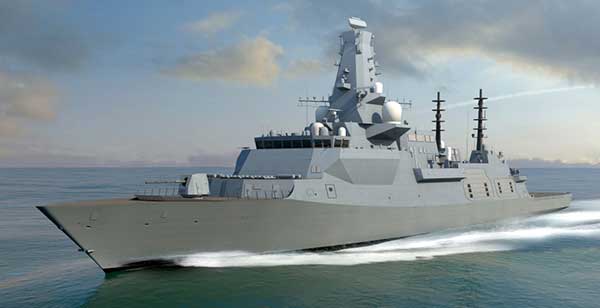
The future HMS London, a City Class (Type 26) frigate patrolling the high seas. (Image: BAE Systems).
Of course what makes the stories of all the warships named London so fascinating is not just the vessels – the construction and evolution of which I do cover – but the great events they participated in that in some cases decide the course of wars.
Above all my book ‘HMS London’ is about the human beings who served aboard ships of the name down through the centuries, in peace and war. They provide the humour, the tragedy, the stories of incredible endurance in terrible circumstances – and in the face of enemy fire – along with the fascinating fine detail of naval life across the ages.
The new material looks at the increasingly dangerous global naval scene the next HMS London will face while I have also added the story of a young officer who gained a front row seat for big events during the final phase of the war against Japan in WW2.
There is even something on how the London of King Charles II that blew up off Southend-on-Sea is now yielding treasures thanks to the efforts of intrepid diver-archaeologists.
• The paperback will be released soon by the publisher though the release date currently advertised may not be set in stone.
